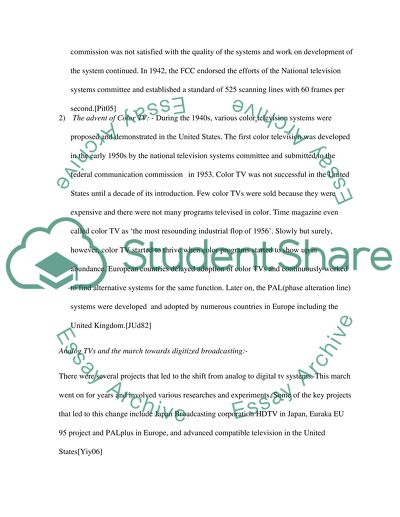Cite this document
(“Journalism and Communication Essay Example | Topics and Well Written Essays - 1000 words”, n.d.)
Retrieved from https://studentshare.org/journalism-communication/1429959-history-of-television-and-evolution-to-cable
Retrieved from https://studentshare.org/journalism-communication/1429959-history-of-television-and-evolution-to-cable
(Journalism and Communication Essay Example | Topics and Well Written Essays - 1000 Words)
https://studentshare.org/journalism-communication/1429959-history-of-television-and-evolution-to-cable.
https://studentshare.org/journalism-communication/1429959-history-of-television-and-evolution-to-cable.
“Journalism and Communication Essay Example | Topics and Well Written Essays - 1000 Words”, n.d. https://studentshare.org/journalism-communication/1429959-history-of-television-and-evolution-to-cable.


